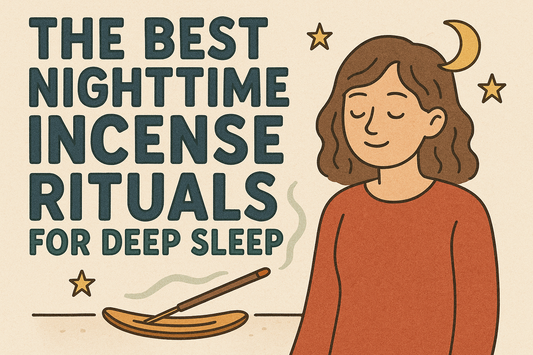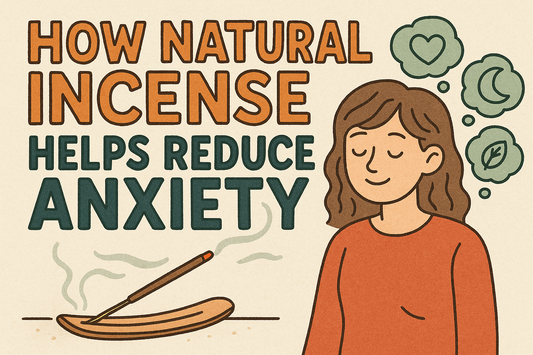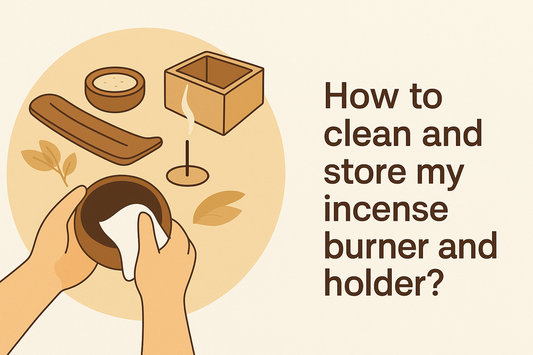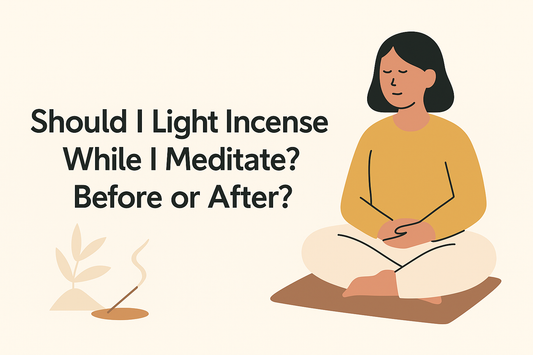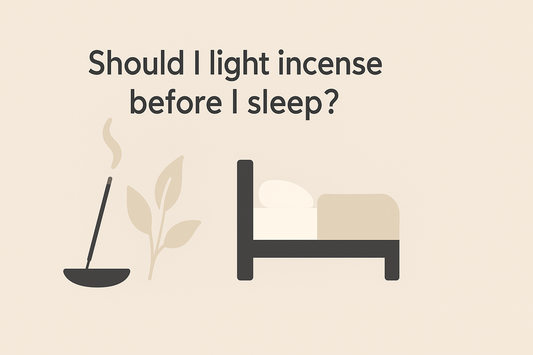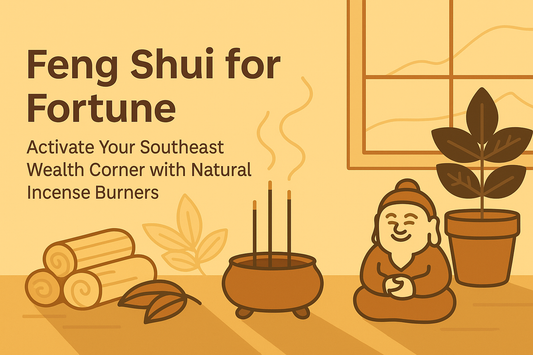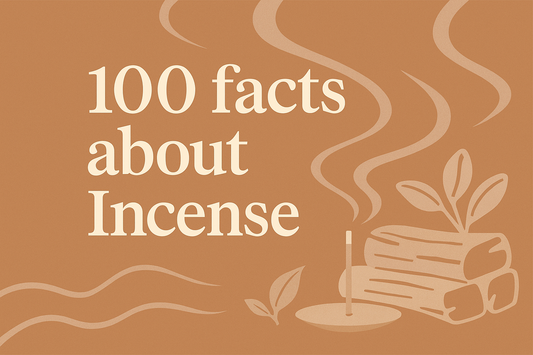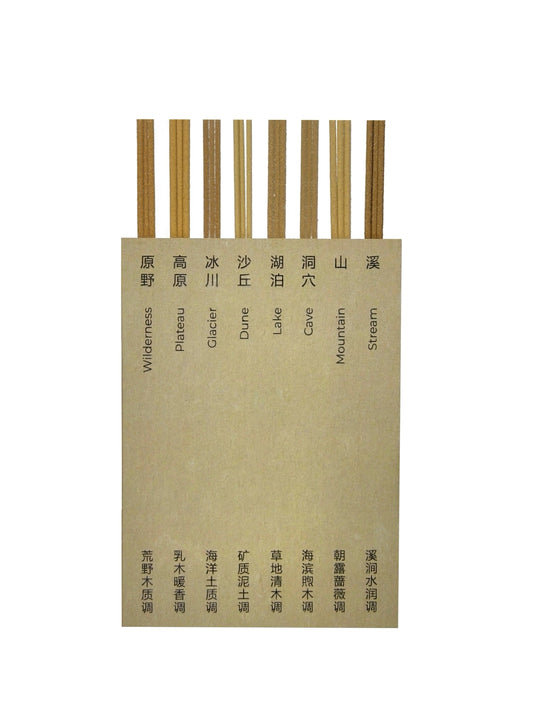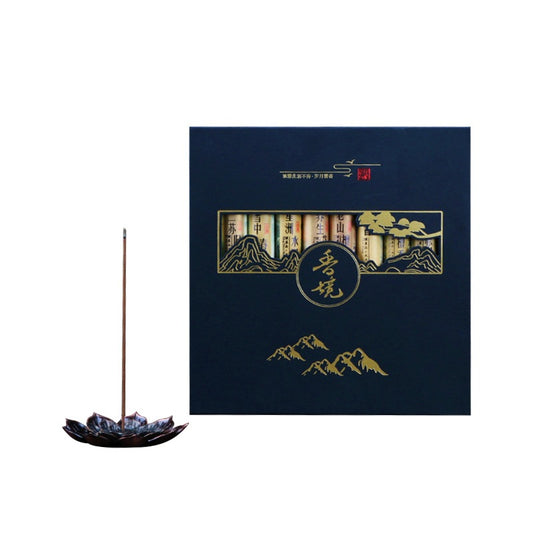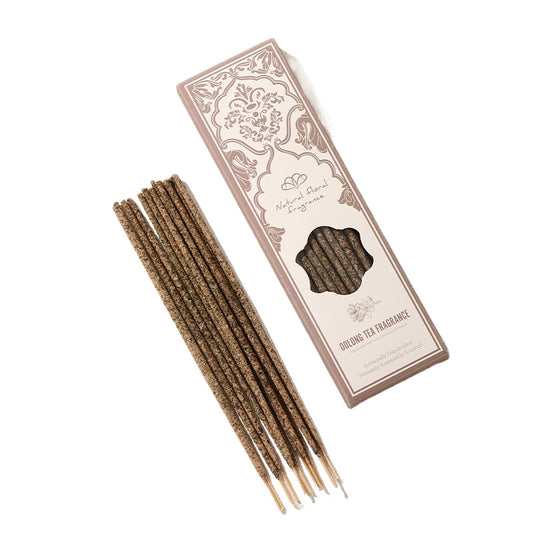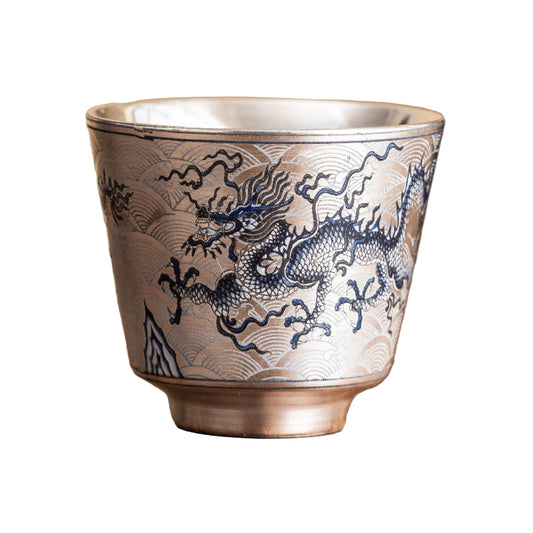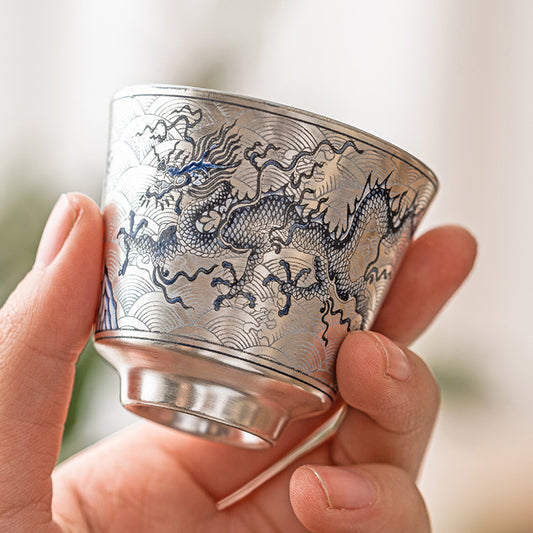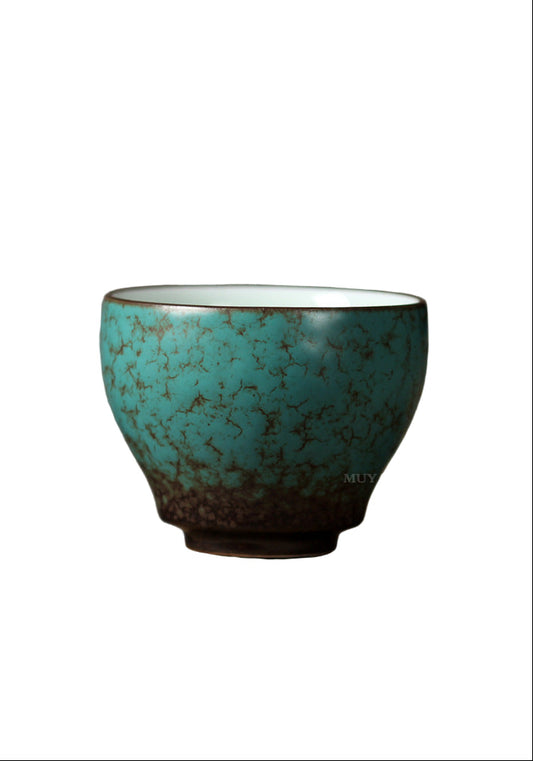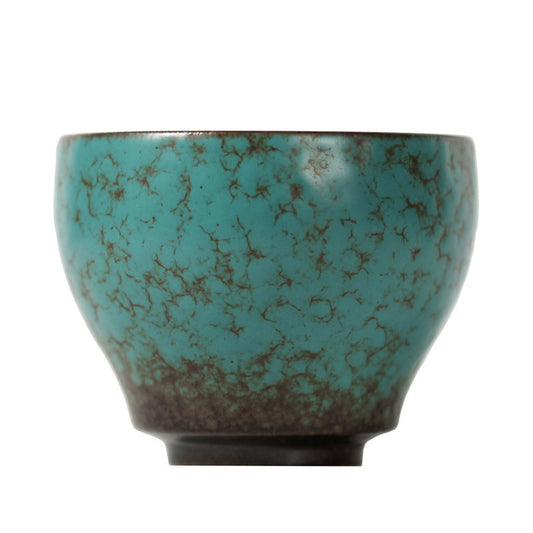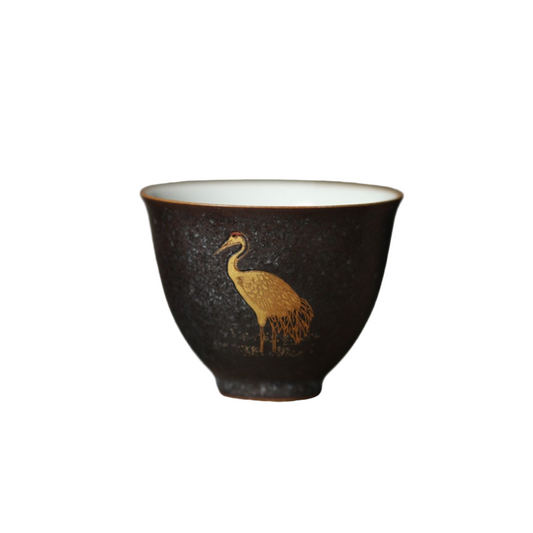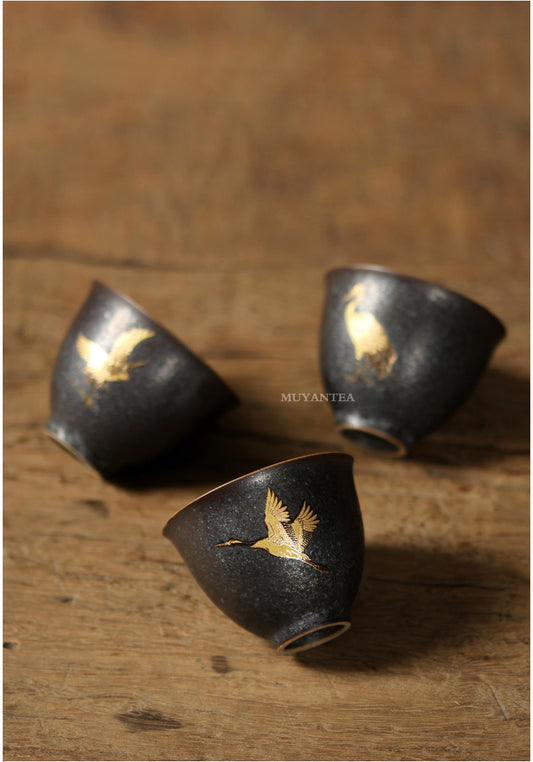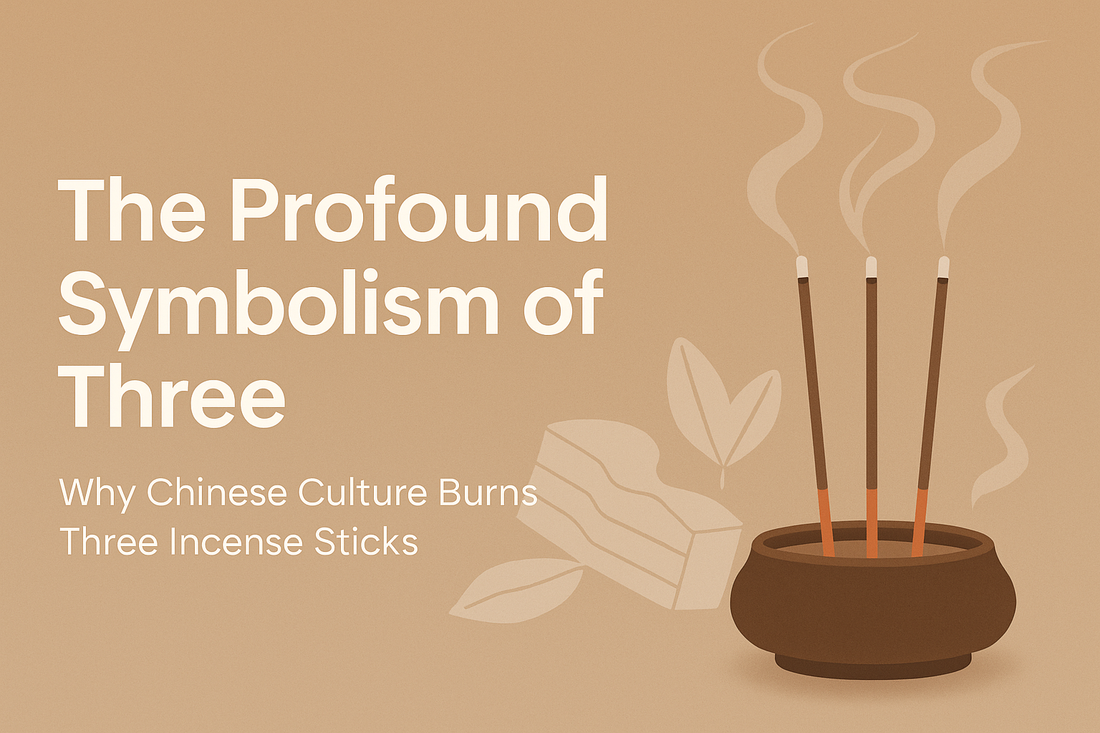
The Profound Symbolism of Three
Why Chinese Culture Burns Three Incense Sticks
By [Chris Chen|MonianLife ] | Cultural Observer and Expert on Asian Ritual Practices
Introduction: Stepping into the Fragrant Cloud
If you've ever walked past a temple in Hong Kong, Singapore, or Taipei, or simply observed an ancestor altar in a family home, you’ve witnessed the quiet, profound ritual of Jìngxiāng (敬香)—the offering of incense with respect. Amidst the rising, fragrant smoke, one detail consistently stands out: the number three.
Why do practitioners across diverse Chinese traditions—from Taoism and Buddhism to Ancestor Veneration—almost always choose three incense sticks (or joss sticks)?
The answer is not arbitrary. It lies in deep-rooted cosmology, filial piety, and a simple, powerful symbolic language designed to connect the human realm with the spiritual. As someone deeply fascinated by these cultural anchors, I want to guide you through the rich symbolism behind this specific number, ensuring you approach the practice with knowledge and reverence.
The Core Meaning of Three – The Triple Gem and the Cosmos
In Chinese culture, odd numbers are associated with Yang (陽)—representing positive, auspicious, and celestial energy. While other odd numbers like one, five, or nine are used, the number three is overwhelmingly predominant due to its universal meaning across major belief systems.
1. The Buddhist Triple Gem (Triratna)
In Mahayana Buddhism, which is highly influential in East Asia, three sticks represent the Three Jewels :
- The Buddha: The awakened teacher, representing enlightenment. (The central stick).
- The Dharma : The teachings and the path to liberation.
- The Sangha : The community of practitioners who support the path.
When the devotee bows and offers three sticks, they are simultaneously taking refuge in these three pillars of the faith, reaffirming their commitment to the path.
2. The Taoist Trinity (Sanqing)
In Taoism, three can symbolize the Three Pure Ones, the highest deities in the pantheon, or, more broadly, the three cosmic realms:
- Heaven : The celestial realm.
- Earth : The terrestrial realm.
- Humanity : The realm of mortals.
Burning three sticks creates a symbolic bridge, ensuring the message and prayer traverse all three levels of existence, from the devotee on Earth up to the Deities and Ancestors in Heaven.
Beyond Three — When to Burn Other Numbers
While three is the standard for general worship and daily devotions, other odd numbers are intentionally used to convey different levels of reverence or specific intentions. Recognizing these distinctions is key to truly understanding the ritual.
| Number of Sticks | Spiritual Meaning | Typical Occasion / Intention |
|---|---|---|
| One | Singularity, Sincerity, or simplicity. | Often used by the elderly or for brief, simple daily devotion, or to mark a specific location (e.g., placing one stick in each of the four corners of a space for cleansing). |
| Three | Respect (Triple Gem/Trinity), Filial Piety, Balance (Heaven, Earth, Man). | Standard offering for most Deities, Ancestors, and general prayers. The most common number. |
| Five | The Five Elements or Five Directions. | Used for rituals seeking harmony, balance, or protection across all directions (often related to Feng Shui). |
| Nine | Highest Honor, Eternity, Supremacy (Ultimate Yang energy). | Used for the most important, highest-ranking Deities (like the Jade Emperor) or during the most solemn, large-scale ceremonial events. |
Practical Etiquette: The Ritual of Jingxiang
Incense burning is an act of respect, so the manner in which it is done is as important as the intention itself. This guide, focusing on Ancestor Veneration (敬祖, Jìngzǔ) and standard temple practice, ensures your offering is made correctly.
The Five Steps of Proper Offering
- Preparation: Light the wicks of your three sticks using a candle or another stick, ensuring a gentle glow (not a roaring flame). If the flame persists, gently wave the sticks to extinguish it, allowing only the smoke to rise.
- The Hold: Hold the three sticks together with both hands at chest or forehead height. This demonstrates reverence and sincerity. Ensure the burning ends face upwards.
- The Bow (Optional but Recommended): Bow three times before the altar or ancestor tablet. The triple bow reinforces the Triple Gem or the Heaven-Earth-Man connection.
- The Prayer: State your intention or prayer clearly in your mind. The rising smoke is believed to carry the fragrance (and your message) to the spiritual realm.
- Placement: Insert the sticks vertically into the incense urn (香爐, Xiānglú). They should be evenly spaced, usually central, left, and right, symbolizing balance and respect.
Common Mistakes to Avoid
- Waving: Do not wave the burning incense aggressively to extinguish the flame. This is seen as disrespectful and poses a safety risk.
- Talking During Placement: Maintain silence and focus while inserting the sticks.
- Using Random Numbers: Using an incorrect or even number (unless specified by the temple) can disrupt the traditional symbolism.
The Role of Incense Smoke in Cultural Dialogue
The ritual significance extends beyond the stick count to the smoke itself. Historically, the Chinese have viewed the fragrant smoke as a spiritual medium. It functions as:
- Purification: The fragrance is believed to purify the surroundings, creating a sacred space conducive to spiritual communication.
- Nourishment (Spirits): The smoke serves as a form of spiritual nourishment or a pleasant offering to the ancestors and deities, attracting their attention to the offerings.
- Timekeeping: Historically, the time it took for a stick to burn was a measure of time for meditation or ritual completion—the original "timer."
By connecting the material (the incense stick) with the ethereal (the smoke), the practitioner enacts a powerful, non-verbal dialogue of respect and gratitude.
FAQ: Quick Answers on Chinese Incense
- Q1. Why are odd numbers (like 3) preferred over even numbers in Chinese incense rituals?
- Odd numbers are associated with **Yang (陽)** energy, which symbolizes positive, auspicious, and celestial qualities. Even numbers are linked to Yin, making Yang numbers preferred for deity and celestial worship.
- Q2. Can I burn just one incense stick? What does it symbolize?
- Yes, one stick is acceptable. It typically symbolizes singularity, extreme sincerity, or simply a brief daily devotion. However, three is the established standard for formal reverence.
- Q3. What is the difference between "Joss Sticks" and "Incense Sticks"?
- In common English use, **Joss sticks** is the specific term used for the red or yellow dyed, thinner incense sticks commonly used in Chinese temples and rituals, especially for ancestor veneration. **Incense sticks** is a broader term for any fragrant combustible stick.
- Q4. Do the sticks need to be placed straight?
- Yes, it is considered respectful to ensure the sticks are placed vertically (straight) and securely in the urn, representing the devotee's upright and sincere heart (心正, Xīn zhèng).
Discover More in Monian
Explore our handcrafted incense holders and natural incense collections designed to bring peace and elegance to your space.
Discover Now
